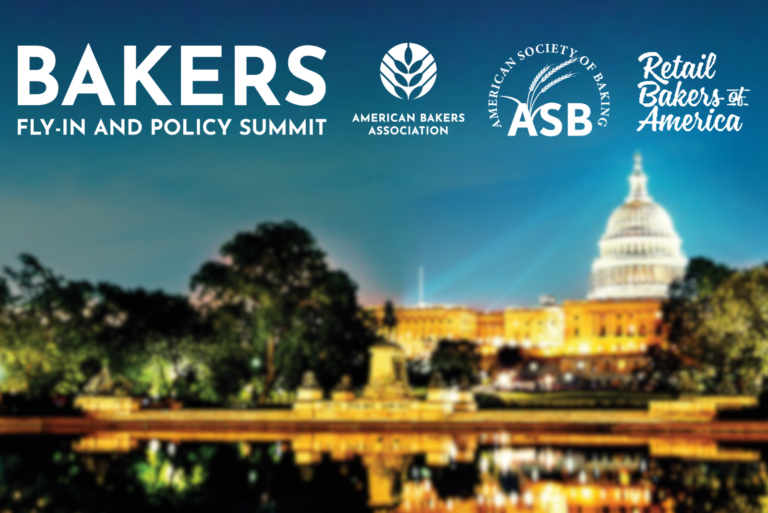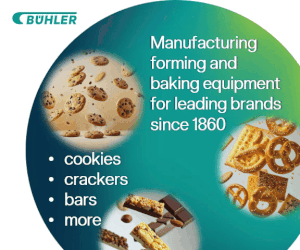KANSAS CITY, MO — Food manufacturing is not for the faint of heart, especially when it comes with the responsibility of food safety compliance. Supply chain challenges; ever-evolving environmental, biological and chemical factors; and constant shifts in consumer preferences and consumption habits are only a few factors bakers must contend with when it comes to internal and external food safety audits.
For more than 20 years, the Global Food Safety Initiative (GFSI) has served as the gold standard for food safety, providing benchmark requirements for globally accepted third-party certifications such as the Safe Quality Food (SQF) program, Food Safety System Certification (FSSC) 22000 and the British Retail Consortium Global Standard (BRCGS).
However, increasing threats to food safety are driving potentially significant changes in the audit world. Those changes result from increased customer audit requests and more intense requirements that go beyond the GFSI benchmarks.








